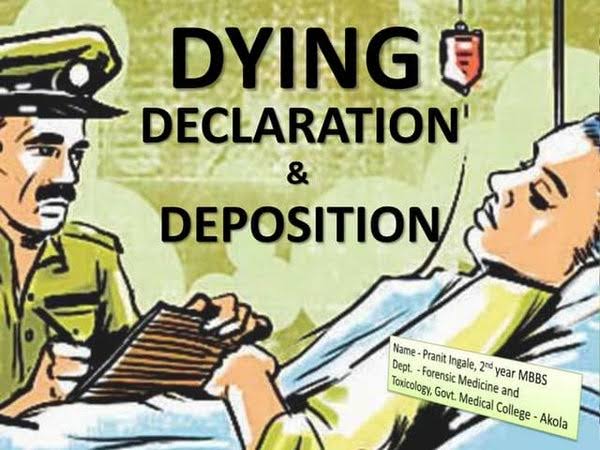M. Shriefuddin, J.
(1) Lastly, we may take up for consideration the argument of Shri I.U. Khan, learned counsel for the appellant that there is nothing on record to show that the appellant had a motive to kill the deceased. His contention is that the appellant, a father of four minor children, would be the last man to commit the crime of such enormity. We may hasten to point out that the motive is basically known to the perpetrator of crime and the direct evidence about the motive may not always be available. In ''this case we are however told by Public Witness 18 Inder Dutt that the deceased had told him that the accused would kill her as she was suspected of having illicit relations with him (with Inder Dutt). It would appear from evidence that a few years prior to the incident the appellant and the deceased had been tenants of the father of Inder Dutt Pw 18. He seems to have known them ever since and from his own admission he was visiting them after they shifted to flat No. 66-D. On the date of occurrence he visited the flat at 9 a.m. but on hearing the couple quarreling he returned back and then again visited the place at the time of incident. Admittedly the appellant was in his house on that day and in all probability he had seen Inder Dutt Public Witness 18 which strengthened his suspicion. This in all probability provided the immediate cause for the crime. The testimony of Public Witness 9, Ranjit Singh, father of the deceased, that the relations of the couple were very cordial does not help the appellant. The worry of Public Witness 9 Ranjit Singh is understandable. His effort naturally would be to some-how extricate the appellant so that he is .relieved of the burden of looking after his four children. For the reasons stated above we are of the view that the prosecution has sufficiently linked the accused with the commission of this crime. In fact this is a case where we have not only direct evidence against the accused but where he has been caught red-handed. The prosecution evidence is so overwhelming that there is no escape from the conclusion that the appellant and appellant alone has committed this crime. Appeal dismissed.

